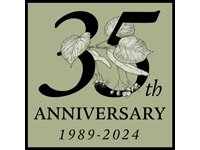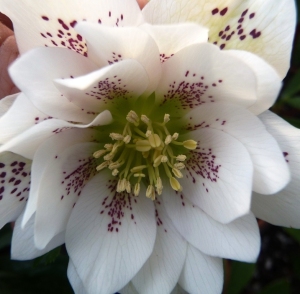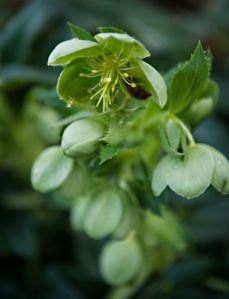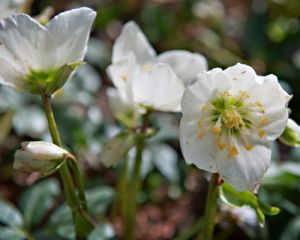Hellebores for Your Garden
Hellebores for Your Early Spring Garden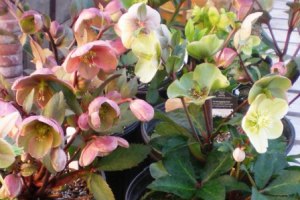
After the long cold winter, I can’t think of a more wonderful plant to see emerging in the spring than Helleborus orientalis.
– Despite names such as Lenten Rose, Christmas Rose and Winter Rose, they are not related to the rose family at all, but it’s bloom does closely resemble a rose. They are actually members of the buttercup family.
– It is one of the four classic poisons, together with nightshade, hemlock, and aconite. In fact, the name hellebore comes from the Greek “elein” meaning to injure, and “bora” meaning food. It is poisonous if consumed.
– Hellebores are native to southern and central Europe. They are often found in mountains, and on stony clay soils
– Valued for their winter and early spring flowering period, the plants are frost-resistant and many are evergreen.
-Hellebores tolerate shade very well and it is a perfect plant for naturalizing in a woodland garden.
– On a practical matter, which is important in our area, they are deer resistant.
– The most popular Hellebores for garden use are undoubtedly Helleborus Orientalis and the colorful hybrids (Helleborus x hybridus)
I like to weave them through plantings of hydrangeas because the hellebores will offer evergreen foliage during winter months and then flower early – before the hydrangeas leaf-out. When the hydrangeas do leaf-out they provide cover and shade for the hellebores. Try also planting daffodils in the mix for additional spring color.
The wide range of colors add to the versatility of hellebores – making these plants true early spring gems for your garden.

